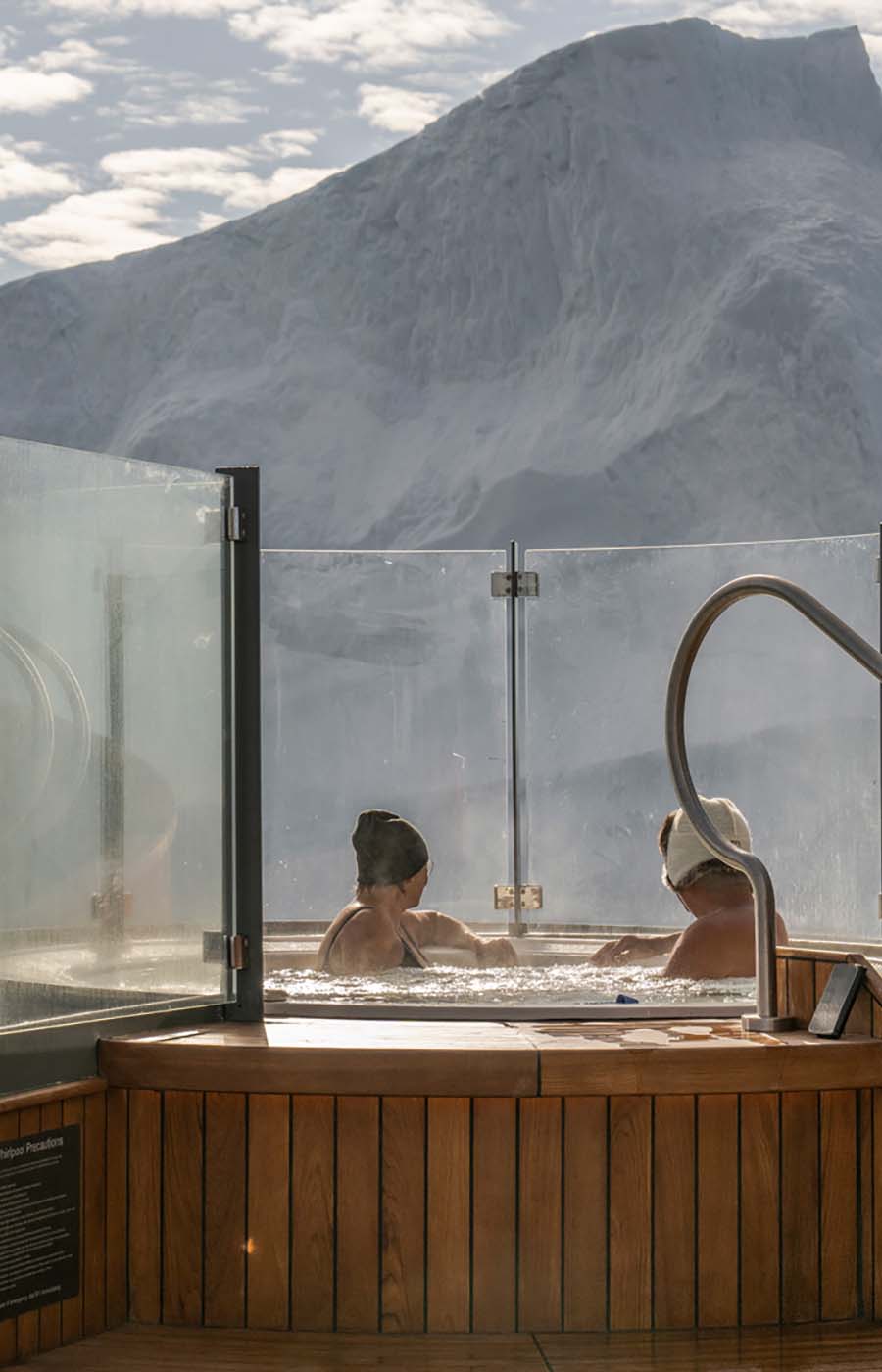An inspired confluence of art, culture, and cuisine makes this city one of Europe’s most dynamic
Barcelona is a city of contrasts: a thriving European metropolis and a stunning canvas for historic treasures of generations past. If you’ve got three days to explore Barcelona, follow this guide to explore the city’s most popular attractions — and plenty beyond. From historic museums and delicious food to exquisite public art and architecture, there’s something in this inspired place to suit every type and taste.
First on the list is exploring some Gaudí houses and the Sagrada Familia Cathedral. A famed 19th-century Spanish architect known for his inspired contributions to Catalan Modernism, Antoni Gaudí’s influence can be seen throughout Barcelona. Inspired by both the Neo-Gothic and Oriental styles, Gaudí’s buildings draw from natural elements and include deliberate uses of stained glass, forged iron, and ceramics.
Many of his works are designated as World Heritage Sites by UNESCO. While there are many opportunities to see his work, the ones to start with are Casa Batiló, Casa Milà, and Sagrada Familia. While Casa Batiló and Casa Milà are free to view from the outside, with the purchase of a Barcelona Pass, the exhibits are also free to enter, while a Barcelona Card gives you a discount. These are major tourist destinations, so arrive early to beat the crowds.
Casa Batiló, although a remodel of a previously existing structure, is likely the most famous house designed by Gaudí. A visual smorgasbord of colors and shapes, its striking mosaic exterior is complemented by its stained glass windows and balconies inspired by Venetian masks. The distinctive interior has curved walls, oval windows, and skylights nestled within its vaulted ceilings. Nicknamed Casa del Ossos, or “House of Bones,” due to its skeleton-esque qualities, the attraction is also known for its dragon motifs. Although Casa Batiló opens at 9 AM, a Barcelona Pass earns you free — and early — entry to ensure you skip the crowds and have the best experience possible.
Also located on the famed Passeig de Gràcia (and only a short walk away from Casa Batiló) Casa Milà was the last private residence designed by Gaudí. While currently revered as one of his foremost masterpieces, the building was initially criticized for its marked departure from the accepted architectural styles of the time. Its unique, wave-like facade is composed of limestone, earning the nickname La Pedrera (“the stone quarry”). Curved iron balconies and colorful chimneys complete the look.
Although he left it unfinished, the Sagrada Familia Cathedral is Gaudí’s magnum opus, and was the last architectural project he labored on before his death. This magnificent Gothic cathedral is a must-see, and while a basic ticket earns you entry, you can upgrade and purchase a guided tour and/or access into the Passion or Nativity towers. Borrowing from Art Nouveau and Catalan Modernism styles, the Sagrada Familia facade is decorated with symbolic reliefs and depictions of traditional biblical scenes.
Since the cathedral is still currently undergoing construction, check the website before visiting to see which areas are open and available for viewing. The Barcelona City Pass gives you free entry into the general admission to the Cathedral, and the Barcelona Card gives you a discount; buy tickets well in advance and for early on in the day in order to fully appreciate this Gothic masterpiece.
Located on a steep hill, Park Güell is the largest municipal park in Barcelona. Developed by Eusebi Güell and designed by Antoni Gaudí, the park — which officially opened in 1926 — is a vibrant, fanciful showpiece for Gaudí’s creative genius. From his nature-inspired structural design to his colorful mosaic work (including the famed mosaic salamander, known as El Drac, at the entrance).
Full of vibrant facades and colonnaded pathways, the park also houses the Gaudí House Museum (the house where Gaudí lived from 1906 to 1926) as well as a Monument Zone featuring a number of Gaudí works, known for their blend of religious mysticism and Catalan cultural references. This area of the park has spectacular city views, too. Hiking lovers can scale the hill to get to the park, but public transportation (or a taxi) are other alternatives. Due to its popularity, Park Güell becomes extremely crowded, so obtaining tickets in advance (for the museums and the Monument Zone; initial entrance into the front of the park is free) is also recommended.
Your third day in Barcelona gives you the freedom to explore one of the most popular museums in the city, as well as some of it's most popular markets and meeting places.
For Day 3 in Barcelona, we recommend visiting the Picasso Museum and then enjoying a stroll along Las Ramblas. Located in the Gothic quarter, the Picasso Museum has over 4,000 pieces of the artist’s work. The Museum highlights Picasso’s early life and formative years, and provides a particularly comprehensive understanding of the artist up until his Blue Period (his later works, including the Las Menias series, are also included, just to a lesser extent). It also focuses on Picasso’s relationship with Barcelona and how the city informed his work. While there are free days, the timed ticket entry is best if you want a guaranteed spot.
Connecting Plaça de Catalunya, the major Barcelona square, with the Christopher Columbus monument at Port Vell, Las Ramblas is a tree-lined boulevard with a distinctly European feel. Enjoy a stroll with a loved one down this series of streets, taking in all the marvelous sights from the promenade.
To the east is the Gothic Quarter, which houses the center of Old Barcelona; many smaller Gothic Quarter streets connect with Las Ramblas. One of the Gothic Quarter squares that connect to Las Ramblas is Plaça Reial, or “Royal Plaza,” home of vibrant nightlife including many of the area’s top restaurants (note: in Barcelona, typical dinner time is around 10pm). Tall palm trees and lamps designed by Gaudí decorate the area.
Related Seabourn itineraries and amenities below
Also along Las Ramblas is Mercado de la Boqueria. In traditional European style, in this indoor/outdoor market you can find any kind of food imaginable. Stacks of fresh produce and an array of meats, fish, and spices make this bustling market a must-see — and must-taste — for any food lover. While La Boqueria is known for its fresh market offerings, you can also enjoy traditional Catalan cooking at Bar Pinotxo and El Quim.
Treat yourself with trips to these five lavish and modern locales
The artists who create Andalusia’s azulejos showcase Iberian history.
Learn about one of the world’s most famous & colorful neighborhoods.

